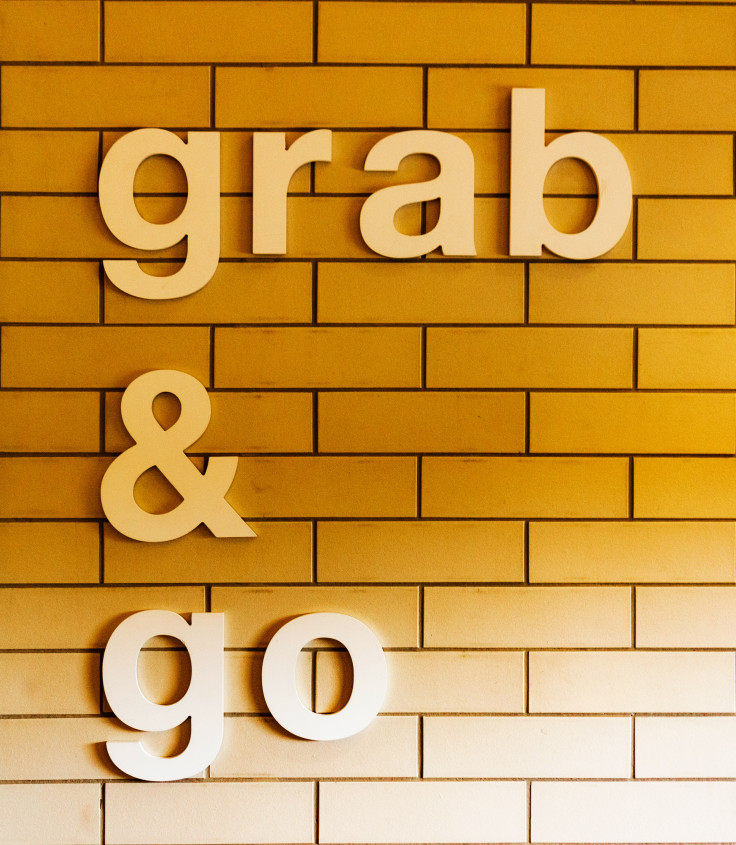Best Brand Building Techniques

A brand is more than just a logo -- it's an aesthetic, a storytelling tool, company culture. It is the sum of all your company's parts and how your customers identify your business, and all it stands for. And a bad brand is practically a death sentence.
In this context, we don't mean "bad" as in, "your products are mediocre at best." We mean poorly designed, executed and marketed. If you don't have a brand that people can immediately associate with you, it means no one sees what your company has to offer. It means that you are a faceless name in some obscure corner of the industry.
If you're suffering from a low profile -- even if your product rocks -- put some effort into building your brand. Here are six of the best brand-building techniques you can use to put your company back, or just on, the map.
Change your name

Sometimes business names are dreadful flops, and if you didn't have a large foothold in your market to begin with, there's no harm in changing your name. But you don't have to be an unknown in the market to do this. Plenty of mainstream corporations have changed their name: Domino's, Dunkin', even Walmart took away the hyphen. So it's OK! I promise. It's better to have a strong name that people can remember and that you can confidently build a brand around.
Build it
Literally, build your brand. Carve out the places to build your brand on. Make things outside of your typical products that you can stamp a logo on:
- Shirts
- Canvas bags
- Mugs
- Temporary tattoos
If you have a good design, your logo may be trending for its fashion instead of products.
Be an aesthetic
When you are building your brand you should immediately consider your appearance. Why? Because first impressions matter -- it's business etiquette 101. Build a logo, website and any other visual aids for your company (including advertisements) in the most appealing way possible.
But what may be appealing to you may not be appealing to consumers. Workshop your visuals and follow trends. Don't give up your uniqueness as a company, but integrate some of these strategies into your planning.
- Consumers should be able to digest your logo within seconds. It shouldn't be overly flashy or intricate. Our attention spans are only an average of eight seconds, and it continues to shrink. So in a market that demands our attention for millions of products, fit in.
- We are in an Experience Economy. Newer generations, specifically Gen Z, better connect to a product when they can relate to it; when they see their story reflected in the brand.
- Use consistent design styles and content in visual feeds. If you are building your brand on Instagram, you want your feed overview on your profile to look like it belongs to you.
- Once you create a logo, stamp it on everything you do. On the same note, make your hi-res logo compatible with different social media platforms. Have a banner for Facebook, a thumbnail for any avatars and a profile picture for Instagram and LinkedIn.
Essentially, be an aesthetic. Be something people recognize just by the "mood" you're putting off in your visuals.
Have a slogan

The most memorable companies have a solid slogan. And the best thing about slogans is that you can change them depending on the direction of your company. Home improvement superstore Lowe's has changed its tagline at least three times (from "Never Stop Improving" to "Let's Build Something Together" to, in 2019, "Do it Right for Less").
Really assess what your company is about, what it's trying to do, and the services or products it offers. Use rhymes or make a bold claim either metaphorically or as a challenge to competitors. You may want a tagline that describes an attitude toward life. Call to actions are also effective. For example, Taco Bell's "Live Mas" or even the end of the Dos XX's "Most Interesting Man" Campaign, "Stay thirsty, my friends."
However you fashion your tagline, be creative, be direct and don't waste your breath. Less is more.
Associate with the things you want to be associated with
As mentioned before, branding goes beyond visuals. Your brand signifies what your company's main beliefs are and what it stands for. Because of this, only associate your products with the movements or causes you want to be associated with.
Show up to charity events representing your company. Partner with influencers or other companies that share your style. If a customer is seen using your product incorrectly and the internet is abuzz with negative comments, address it on social media. Don't be afraid to speak out against social issues, either, like Ben & Jerry's is known to do -- just be prepared for higher levels of consumer backlash.
You ultimately can't control who uses your product, but you certainly can control with whom you directly associate.
Identify your niche market
When you find your niche -- or specialty -- you can build your brand around its demands. When you do this, you increase your appeal to the general population within that niche. Consumers will recognize the qualities you take on as a brand --down to the font you use -- as belonging to that niche. It's a niche way -- I mean, nice way -- to quickly pick up brand visibility.
Final words
Your brand is your business. As you build it, stay consistent with your goal and personality as a company -- but don't forget what the consumer likes to see.
© Copyright IBTimes 2024. All rights reserved.





















